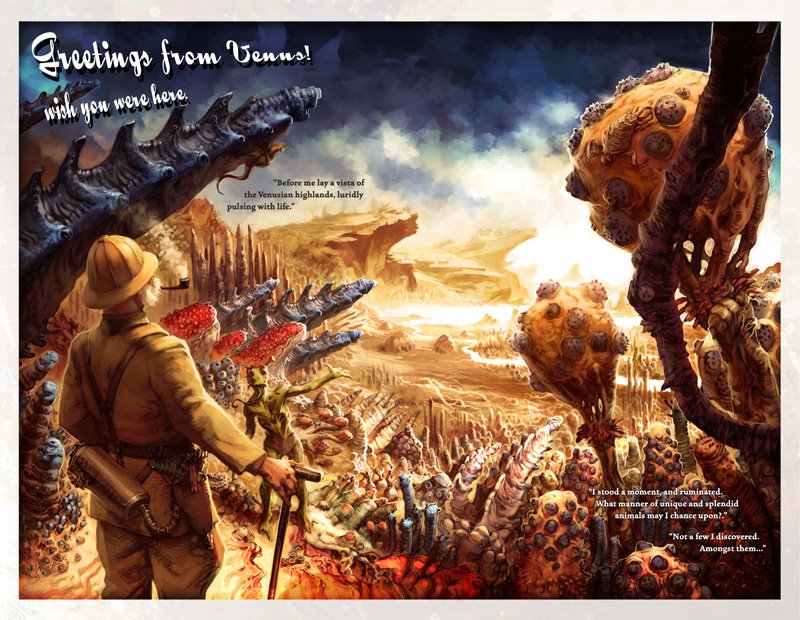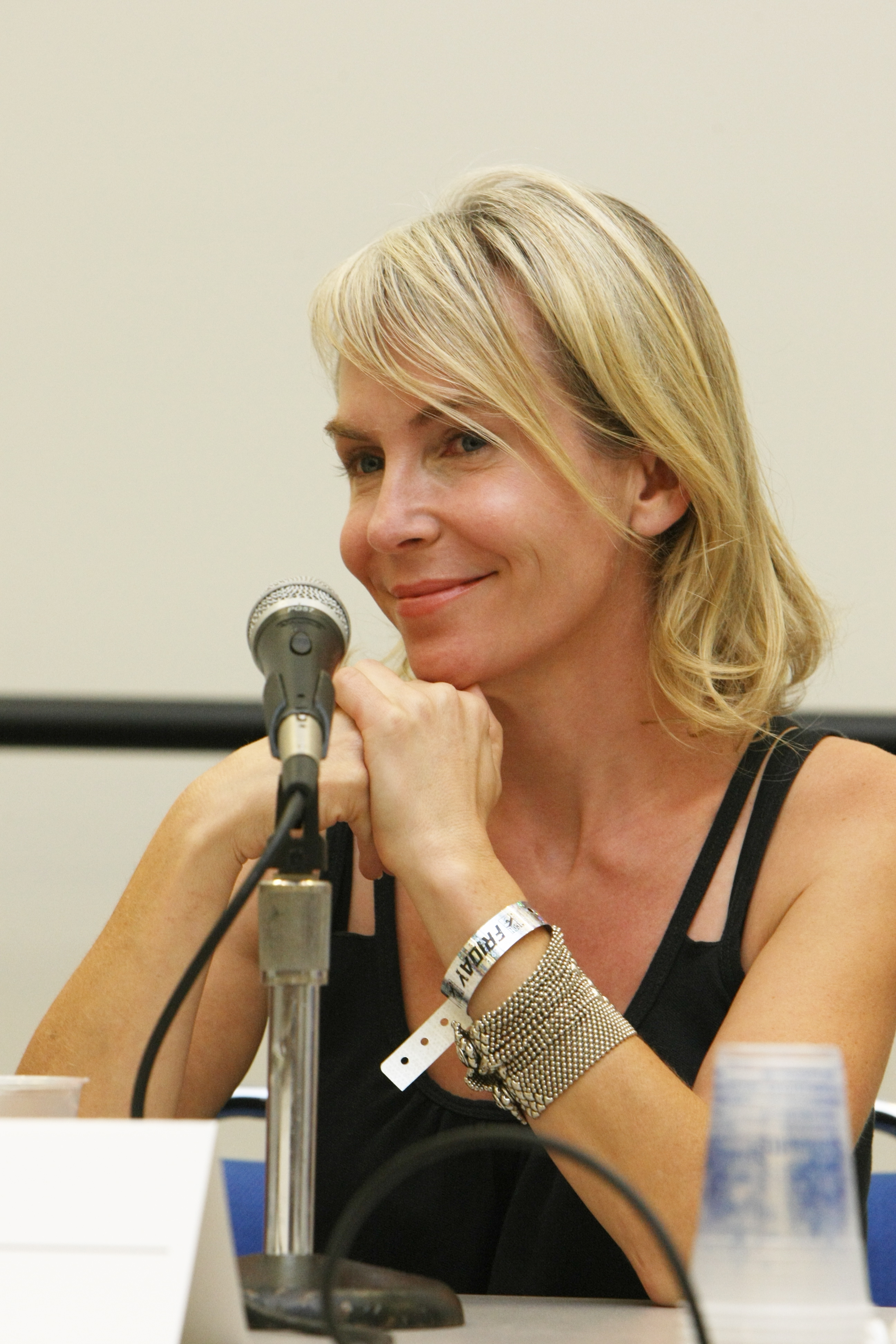Interview: Ben Sherwood of ‘Charlie St. Cloud’
Posted on August 1, 2010 at 3:34 pm
Ben Sherwood is the author of the novel Charlie St. Cloud, the basis for the new movie starring Zaz Efron in the title role as a young man devastated by the loss of his brother. Ben, a journalist, and I spoke about switching from non-fiction to fiction and from a novel to a movie.
I want you to start by telling me about the geese! The title character spends a lot of time trying to shoo off a flock of geese who are occupying the cemetery where he is a caretaker. Where did that come from?
While researching the book, I spent a week as a grave-digger working in the Bronx, New York at Woodlawn Cemetery. I volunteered for the job and they were a little surprised but they put me to work. And I very quickly discovered that if you work in a cemetery, geese are your sworn enemy. When they fly through and land on the ponds or lakes and when they come and go, they make the place very dirty, and so they are the bane of the caretaker’s existence.
There’s very little that one can do that is legal to the geese. One just has to deal with it and live with it.
Charlie’s non-violent method for dealing with them says something about him. He bangs trash can lids to frighten them off.
He wouldn’t want to hurt even a goose.
Tell me about moving from non-fiction and writing as a journalist to writing fiction.
I’ve always been interested in story-telling, whether in journalism, television news, over the last 25 years or the last 15 years in fiction, it’s always been about telling a compelling story. So the shift or transition is pretty straightforward. I just have moved back and for and in and out of journalism a couple of times. I’ve been fortunate enough to be able go back and forth. But it’s all about finding different ways to tell different kinds of stories.
Have you ever seen a ghost?
I have never seen a ghost but in working in that cemetery in the Bronx and in some of my travels to cemeteries around the world and thinking about the way the world works, I’ve often wondered about what happens when those cemetery gates close at night about about the unseen world around us. While I have not had any direct or personal experience with that other world I am fascinated by it and I wonder what surrounds us, what is that unseen world and how does it work, how does it interact with the world in front of us.
The movie lets you make up your mind about whether what we see is happening or whether it is just a manifestation of Charlie’s internal journey through grief and loss.
In the book, it’s a very real world, this unseen world, and it’s very detailed. In the film, they film-makers chose to make it more ambiguous and leave open the possibility that it is happening entirely inside Charlie’s head. For me, I was interested in trying to describe it in as much detail as possible, trying to make it as realistic as possible. It’s all imaginary, of course. If I really knew how it worked I’d be in a different business.
I liked the contrast in the movie between the dynamism and vigor of the opening scene at the sailboat race and the more static scenes set in the graveyard.
The screenwriters came up with a lot of those idea. I give credit to them for introducing the idea of a lot of sailing at the beginning as a very dynamic and engaged way to show us the very active world Charlie was living in. The book starts off with one of the later scenes in the movie that takes you into the central tragedy, the death of Sam. But film is a visual medium and they want to make the screen come alive and pull you into an exciting world. They did a wonderful job of taking you into those sailing sequences so you feel like you are on the boat. Even if you’ve never sailed before you feel like you are right there leaning out over the water and getting splashed.
Did you work with the film-makers?
I had a variety of different conversations with the screenwriters over five years. I was not involved directly but I was regularly in touch with the producers. I feel like one of the luckiest writers around because the producer and writers really cared about the story and the source material while making a movie which is not a literal translation but an interpretation. Every step of the way I was in great hands and they took great care to include me.
Do you have a favorite ghost movie?
I have a very vivid memory of “Ghost,” not just for its dramatic impact but also its humor. One of the Universal executives who was a champion of this project from the start likened it to “Truly Madly Deeply,” which is one of her favorite films. I always welcome that comparison.
What are you working on now?
I wrote a non-fiction book called The Survivors Club: The Secrets and Science that Could Save Your Life, the secrets of the world’s most effective survivors, people who have survived all kinds of calamities and challenges, unemployment, foreclosure, mountain lion attacks, cancer, plane crashes. What have they got the rest of us don’t have and how can we get it? I am writing a new book that builds on some of those themes, and am planning a new novel, too.



